Founding Story of Hewlett-Packard Company
惠普(Hp)公司創辦人的故事
Founding Story of Hewlett-Packard Company (惠普(Hp)公司創辦人的故事)
惠普(Hp)公司創辦人的故事 (Founding
Story of Hewlett-Packard Company)
Founding Story of Hewlett-Packard Company
創立 惠普(Hp)公司 的故事
Founding Story of Hewlett-Packard Company (創立 惠普(Hp)公司 的故事)
創立 惠普(Hp)公司 的故事 (Founding
Story of Hewlett-Packard Company)
History of Hewlett-Packard Company
惠普(Hp)公司 的歷史
History of Hewlett-Packard Company (惠普(Hp)公司 的歷史)
惠普(Hp)公司 的歷史 (History of
Hewlett-Packard Company)
#
Founding Story of Hewlett-Packard Company (惠普(Hp)公司創辦人的故事)
Founding Story of Hewlett-Packard Company (惠普(Hp)公司創辦人的故事)
Source (資訊來源):
Info cited on 2016-09-27-WD2 (資訊引用於 中華民國105年9月27日) by 湯偉晉 (WeiJin Tang)
###
Our Founding Story
The history of Hewlett-Packard Company is intertwined with the
history of Silicon Valley—a fertile stretch of land north of San
Jose, California. Today the area is known worldwide as a center for
innovation, where companies have changed the world through
technological advances. But when Bill Hewlett and Dave Packard met
in the 1930s at Stanford University, the valley was largely
agricultural, with orchards and farms dotting the hills. Bill and
Dave’s success transformed the landscape and the culture of the
area, so much so that the small garage on Addison Avenue in Palo
Alto where the two first cemented their partnership has been
designated a historical landmark, the “Birthplace of Silicon
Valley.”
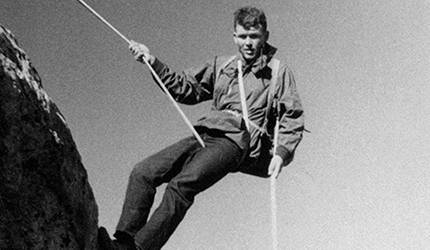
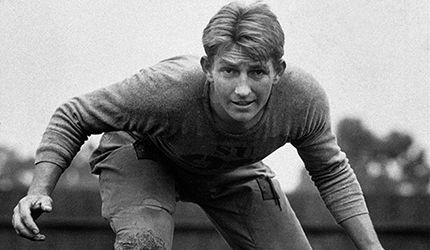
The friendship that started it all
Bill and Dave became friends when they were both engineering
students at Stanford. After graduation, Dave took a job with General
Electric and moved to Schenectady, New York, where he married his
college sweetheart Lucile Salter in 1938. But he and Bill stayed in
touch. The two were encouraged by their former professor Fred Terman
to start a technology company of their own.
Taking a leave of absence from his job at GE, Dave and his new bride
drove to California with a used drill press (an important piece of
equipment for the new venture) in the rumble seat. Bill scouted for
places where the newlyweds could live. He found the ideal rental at
367 Addison Avenue in Palo Alto for $45 per month. Dave and Lucile
would live in the downstairs flat, while Bill would bunk in a tiny
backyard shed where there was indoor plumbing and just enough room
for a cot. But what made the property truly perfect for their needs
was the small garage that the landlady told them they could use as a
workshop.
The inventors’ workshop
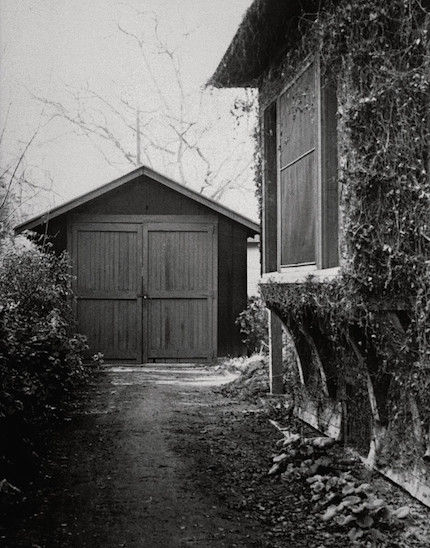
The humble one-car garage had little more than a concrete floor and
a workbench. It measured only 12 by 18 feet, but it was enough space
for Bill and Dave to develop prototype products. They produced a
diathermy machine (a medical device that produced heat) that they
sold to a Palo Alto clinic. Another device helped astronomers at the
nearby Lick Observatory set a telescope accurately. And there were
other inventions, too, some of them a bit more prosaic: a harmonica
tuner, a foul-line indicator for a local bowling alley and an
electric eye for automatic toilet flushing.
Professor Terman had arranged a Stanford fellowship for Dave, and
Bill was working as a research assistant. During this time, steady
income for the Packards came from Lucile, who returned to her job as
secretary for the Stanford registrar. They pulled together in other
ways as well. Lucile offered her oven as a paint-baking station, and
the Packard family table became home base for the company’s
paperwork and record keeping. After Bill married Flora Lamson, his
old bunkhouse in the back became the company’s office, where Lucile
and Flora shared the office work in their off hours
The first breakthrough
Bill and Dave believed in making products that would make a
difference for their customers. They found their stride with a
device to measure sound frequencies: the resistance-tuned audio
oscillator, which spawned HP’s first product line. In Professor
Terman’s laboratory at Stanford, Bill had done graduate work on
applying the new concept of “negative feedback” to an audio
oscillator (a test instrument used to generate frequencies). Bill
had the innovative, elegant and practical idea to add a small light
bulb to act as a negative feedback element in the oscillator
circuit. This solved the problem of how to regulate the output of
the circuit without causing distortion
Together in the garage, Bill and Dave produced the Model 200A audio
oscillator (a name they thought would make them look like an
established company with a robust product line). The 200A was the
first practical, low-cost method of generating high-quality
frequencies. Other oscillators available at that time were
costly–around $500–and unstable. By the clever use of the light
bulb, Bill was able to simplify the circuit, improve the
oscillator’s performance and reduce the price to just under
$55–considerably less than competitive equipment.
Sound engineers used audio oscillators to test audio frequencies,
and the HP 200A caught the eye of an engineer with Walt Disney
Studios. After making some modifications to the original design–thus
creating their second product–Bill and Dave sold eight Model 200B
oscillators to Disney, which needed new ways to monitor sound for
its landmark movie Fantasia, to be released in 1940.
Flush with their success, the two men pooled their resources of cash
and equipment (to a grand total of $538) and formalized their
partnership on January 1, 1939, deciding the company name on a coin
toss.
For the next year, Bill and Dave worked together until, with the
addition of two employees, they finally outgrew the cramped garage
and moved to new headquarters on Palo Alto’s Page Mill Road in 1940.
Dave and Lucile, who were expecting their first child, moved to a
house in another neighborhood.
The garage today
After the Packards left, the house at 367 Addison was eventually
subdivided and changed hands several times. In the early 1980s,
after a series of owners and various house remodels, a group of Palo
Alto citizens, HP employees and company management worked together
to protect the garage and give it landmark status.
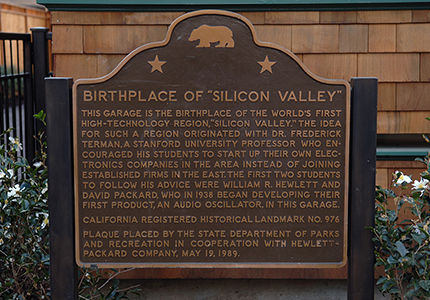
In 1987 the garage was registered as California Historical Landmark
No. 976 and officially declared the “Birthplace of Silicon Valley.”
In 2007, the property was listed on the National Register of
Historic Places.
HP acquired the property in 2000 and later launched a full-scale
preservation effort to save the aging structure and preserve it for
future generations.
Although the garage isn’t open for public tours, anyone is welcome
to stop by and view it from the street–and imagine Bill and Dave
there, tinkering and inventing late into the night.
###
Founding Story of Hewlett-Packard Company (惠普(Hp)公司創辦人的故事)
Founding Story of Hewlett-Packard Company (惠普(Hp)公司創辦人的故事)
Source (資訊來源):
Info cited on 2016-09-27-WD2 (資訊引用於 中華民國105年9月27日)
by 湯偉晉 (WeiJin Tang)
#
Founding Story of Hewlett-Packard Company (惠普(Hp)公司創辦人的故事)
Founding Story of Hewlett-Packard Company (惠普(Hp)公司創辦人的故事)
#
Founding Story of Hewlett-Packard Company (惠普(Hp)公司創辦人的故事)
Founding Story of Hewlett-Packard Company (惠普(Hp)公司創辦人的故事)
Source (資訊來源):
Info cited on 2016-09-27-WD2 (資訊引用於 中華民國105年9月27日) by 湯偉晉
(WeiJin Tang)
#
Founding Story of Hewlett-Packard Company [2016];_WJD_2016-0927_V001R01_IR90_.docx
Source (資訊來源):
Info cited on 2016-09-27-WD2 (資訊引用於 中華民國105年9月27日) by 湯偉晉
(WeiJin Tang)
#














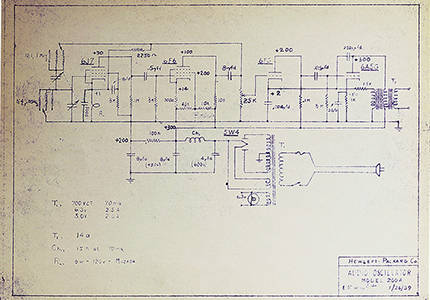











沒有留言:
張貼留言